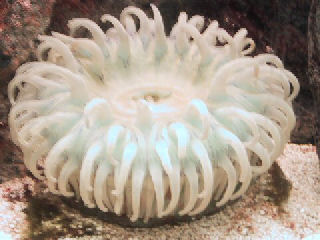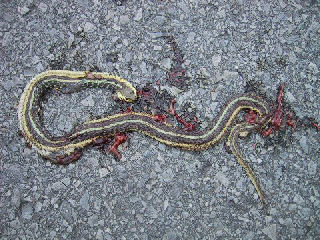Buggun
by Jeremy on May 7th, 2007
BUGGUN
—
(c) 2004-2011 Negspect, Inc.
download buggun
—

i made a basic version of buggun, it’s not very exciting yet, but it gives the basic idea of the rudiments of gameplay, without any of the challenge or fun bits. something that could be fun is groups of 3 as well, not just lines. Also events have to take place when groups or lines are blowed up.The controls are still wack, colours are wretched, there’s no skill shots involved yet, and you can blast randomly through levels 1-4, but here it is.
controls
mouse – move cursor
mouse button – drop larvae
f1 – fullscreen toggle
f2 – new standard game
f3 – new progressive game
f4 – toggle hints from the computer
space – play computer’s hint
this is an abstract prototype that supposed to show what happens when the larvae drops into a cell. use the mouse to pick the cell, i haven’t bothered with the pooplaunch interface yet. try to get 3 of the same to lie side-by-side in any way possible to have them birth out as insects, and clear that part of the grid for more larvae. for now, you just pass a level every 250 points, and the different colours don’t do anything special, except the rainbow larvae which is a wildcard. the hexagon in the lower left represents your current larvae, the one in the lower right represents the next larvae in the queue of your larvae pooper
scoring
3 cells: 30
4 cells: 75
5 cells: 135
6 cells: 210
7 cells: 300
8 cells: 405
9 cells: 525
10 cells: 660
11 cells: 810
12 cells: 975
strategy
there are a few strategies that seem to work, (vertical lines, ring around the center, outside-in). I have been having good luck with ring-around-the-center.
—-
design documents
 I designed a puzzle game from the comfort of my hammock
I designed a puzzle game from the comfort of my hammock for a couple hours. I have a fairly solid, simple design, but the 3d aspect is pretty cheap and the game could easily be done in 2d. basically quivering larvae are pooped out of a tube and blast across the screen, bounce off a backboard and drop into a pulsating honeycomb mound. you can guide their flight from the time they are pooped until the time they hit the wall by moving a magnet around. if a space is occupied on the honeycomb mound where the larvae is going to, it bounces randomly into an unfilled one. getting 3 or more of the same coloured larvae in a row (in any of the 3 directions) causes them to evolve and be birthed out as insects, the type of which is determined by the colour of the larvae. the evolved insects can interact and do different things to affect gameplay-in multiplayer they can even go mess with your opponent. filling the honeycomb entirely causes it to swell and explode in a mess of bug guts and ooze, gameover shitforbrains.
** change #1: remove the magnet and just have the reflector.
** possible change #2: remove the reflector and poop right into the collector.- this sucks, but could save work.
** possible change #3: instead of moving the reflector, you can rotate the collector on it’s y axis. the grid fills from center out.
** possible change #4: if the collector fills, the poopor has nowhere to poop, so IT explodes.
** possible change #5, and this solves the problem of making it show off the 3d nature: the collector is a sphere, made of 6 sided faces like a soccer ball. you can rotate it in any of the 6 directions. the poopor and the reflector are just an elegant larvae delivery system.
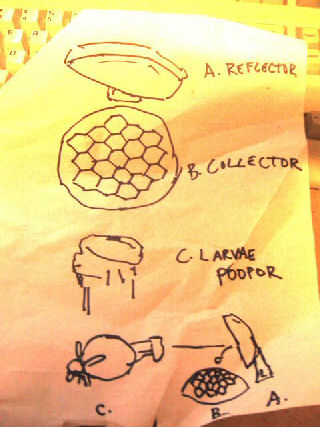
design document

time to poop cyan larvae!
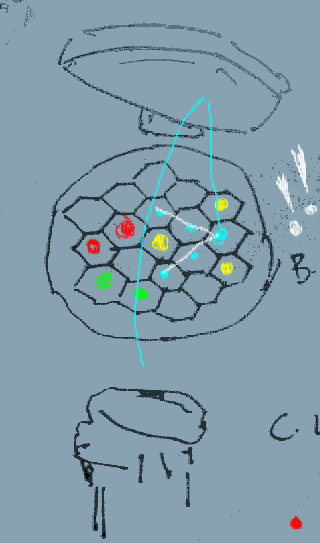
you sure are good at video games!
—
art
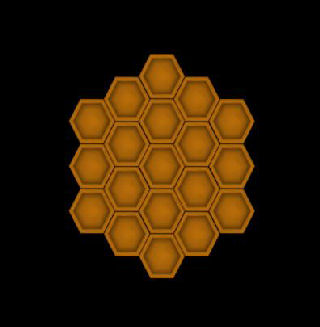

a honeycomb from jim
so, back to the mound, that works fine still: as for number of holes, I had 19 arranged on my diagrams I was using to sketch games out and it seemed like it could be fine- it could have another ring of hexagons around it if you feel it is too small. More than that would be too much, I want to keep the playfield limited, if it is too big then gameplay will not be as intense. In my brain the walls are shared, but can have some thickness to them.
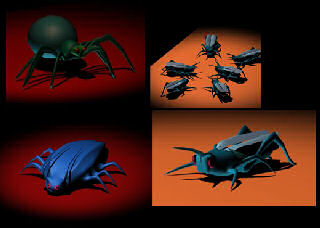
grady’s kickass bugs

the rainbow’s tornado is buggy
bugs
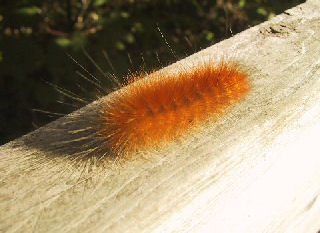
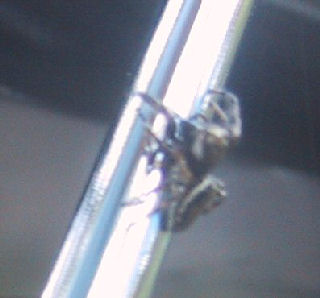
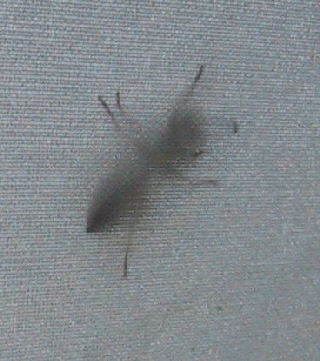
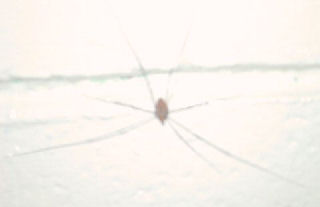
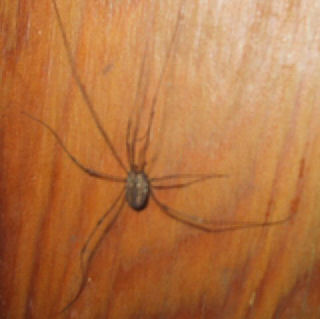
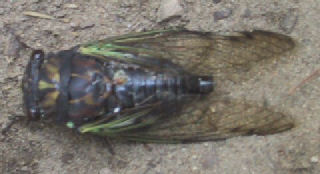
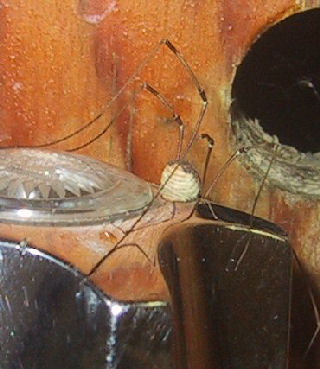
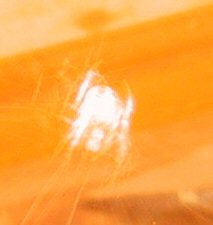
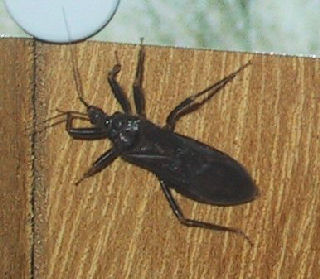
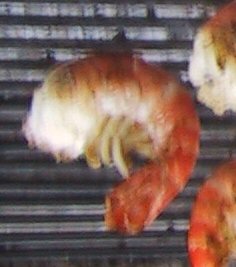
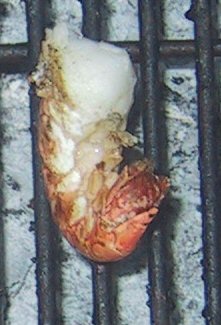
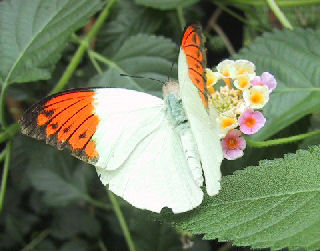
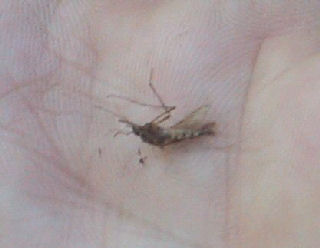

i photographed some bugs – i wish i got one of the sleek white hunting spider or the giant katydid, but camera was out of juice.
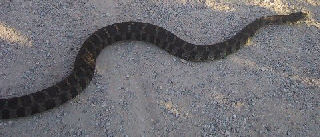
and a watersnake
and a super gory crushed garter snake i found
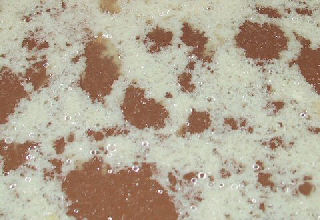

and some textures
the multiplayer idea:
basically, you are fighting against other insect armies, trying to send over as large batches of bugs as possible as often as possible. if your attacker overwhelm their defenders by a reasonable margin, some of your bugs cause some mayhem, such as: fill a random slot in your opponent’s board, pull out all insects of a certain colour from your board, let you move a larvae from one cell to another, switch the colour of the next larvae, speed up, shows you more of the upcoming larvae in the queue (ie, see farther into the future), match a pair that is already on the board, switch next larvae to magic rainbow larvae, etc.
notes:
new magic pointing larvae: we need it. it spins around, it removes all larvae the same colour as the larvae it is pointing at when it lands
new magic flashing larvae: we need it. it changes colours randomly until it lands bonus ability: you can drop a hex on another hex already in place
boards: we definitely need a variety of boards – that one is great for intense brainfuckery, but it is too tight for a good multiplayer game – bigger boards for multiplayer allow you to save up moves to really fuck your opponent. perhaps even have a game where the board expands as the game progresses.
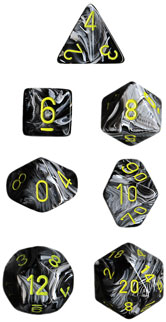
, it is quite tricky to do the group search, but not impossible. I crossed it off in the notes because i had my mind set on hexagons- pentagons could work well but i think triangles are a bit much (although 20 cells is just about right for gameplay). One limiting factor is visibility: On a 20 sided figure, you can see roughly 9 cells at a time. on a 12 sided, you can see only 6. This may cause much frustration, which could be good or bad. I did like the idea of rotating an orb to play, adding memory work would become a huge part of the game, but of course it needs to be tested.
Here’s some additional reasoning:
If you look at the 20 sided die (or any other polyhedron made of triangular faces), each face is sharing sides with only 3 other faces – possibly not enough – and touches points (on the 20 sider) it’s 9 other faces – which is unintuitive, and therefore irrelevant. On a 12 sided die, with pentagons, at least they share 5 sides, which is reasonable, but having only 12 cells could be limiting. There are no unused edges with a 3d figure, and you get 30-31 active edges in play for both 12 and 20 sided figures, so there is no distinct winner. 20 sided Advantage: more cells; Disadvantage: less useful cells, confusion.
With the default mode of buggun currently, 19 cells, there are 42 active edges (out of 72). 10 colours works well in that area, so if I apply that ratio to the 12 sided figure, i get 7 colours. Same as the 20 sided-die. 7 of course, is the number you get taught of the # of objects your short-term memory can handle, so it may be too easy. It would probably take me a few days of work to build a prototype and test that to be certain, and I won’t be starting that just yet.
Sorry, the comment form is closed at this time.


